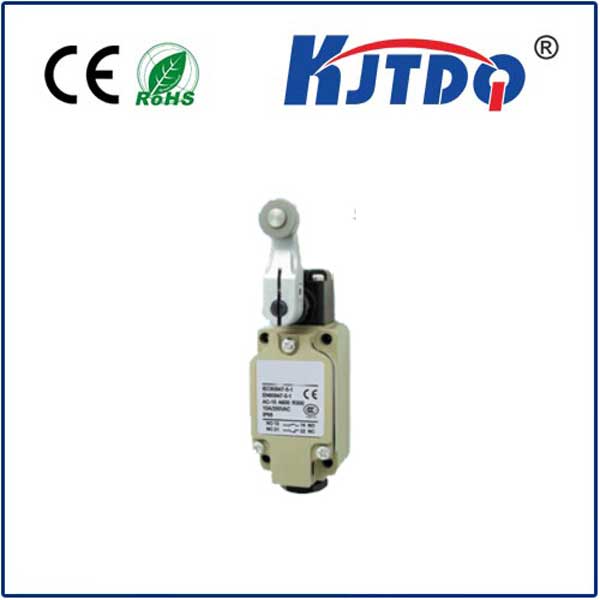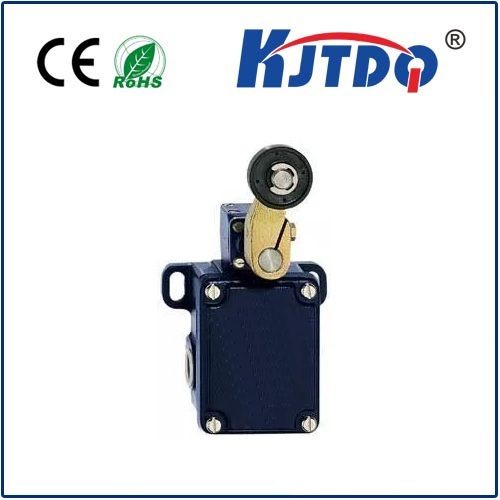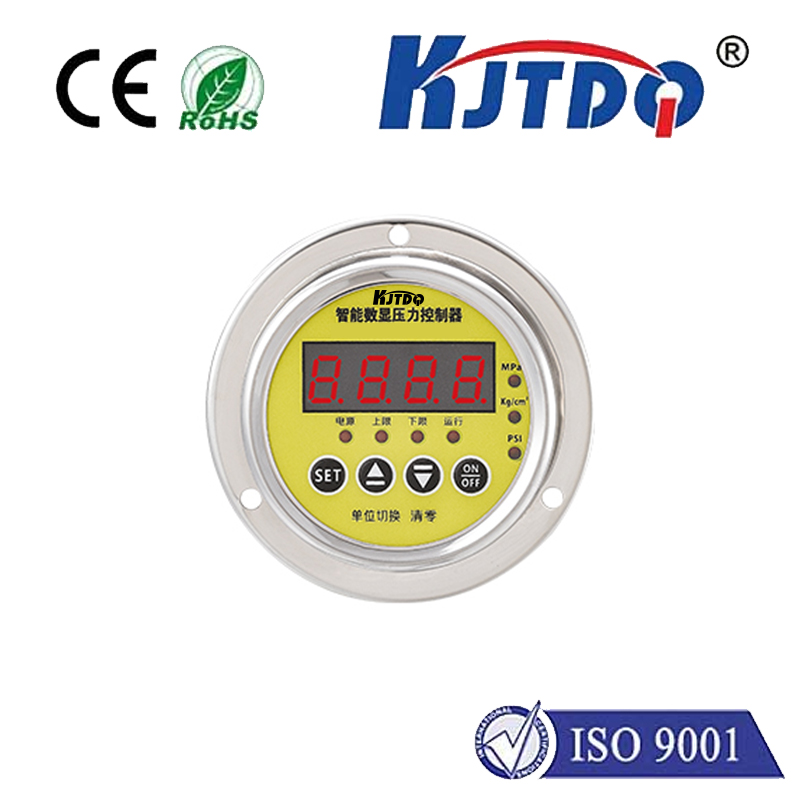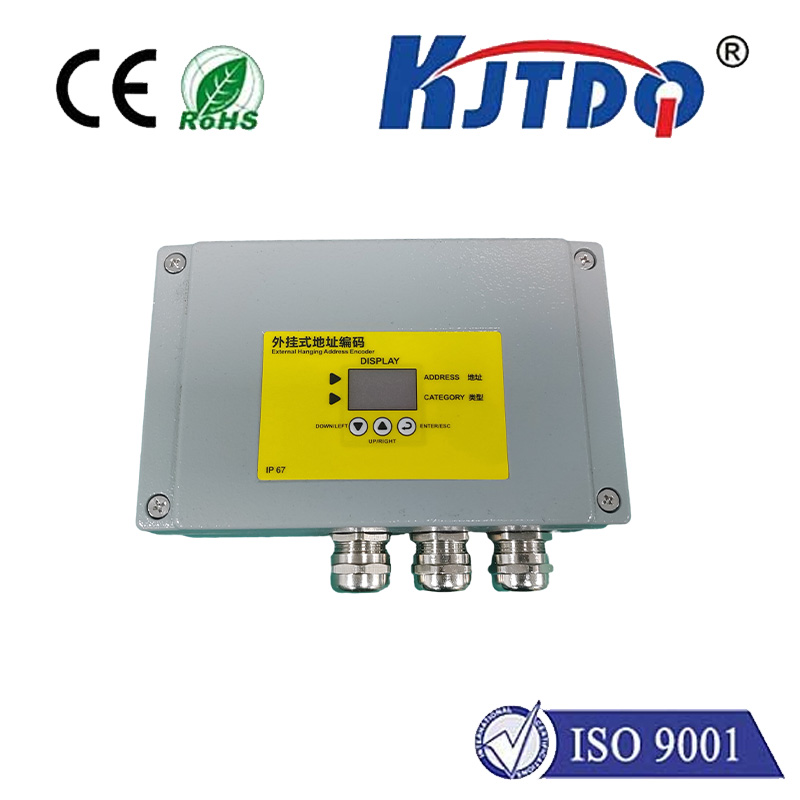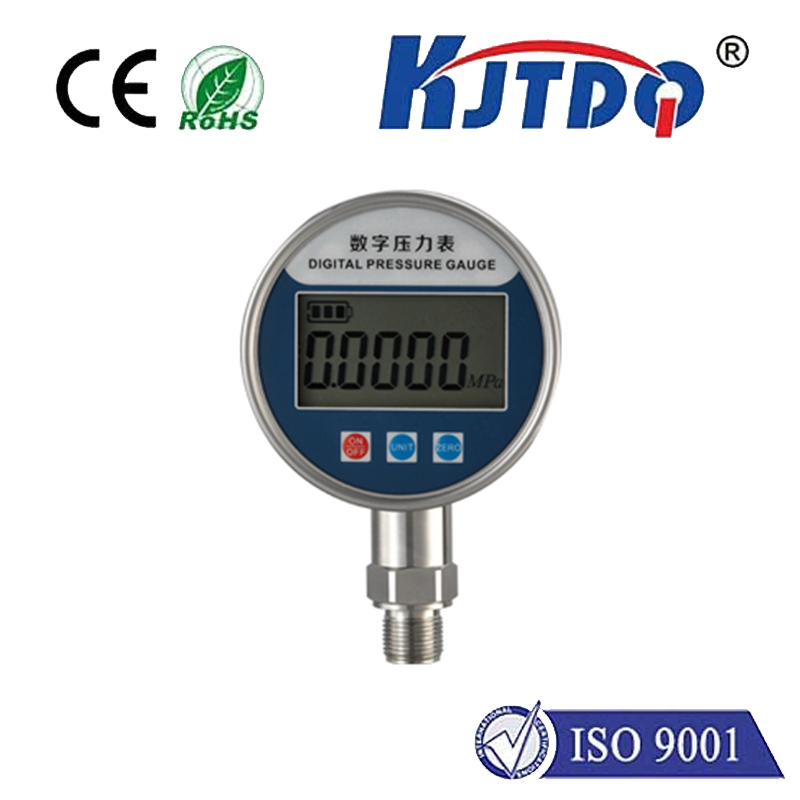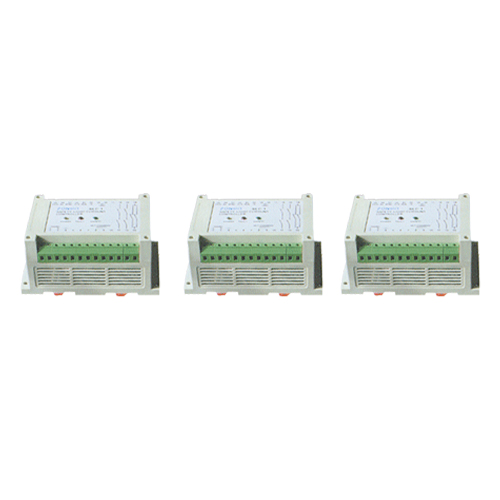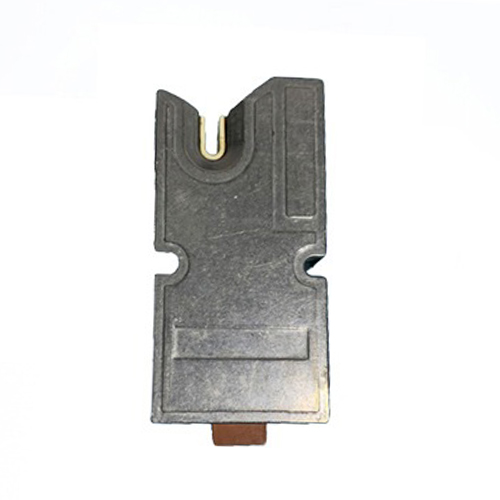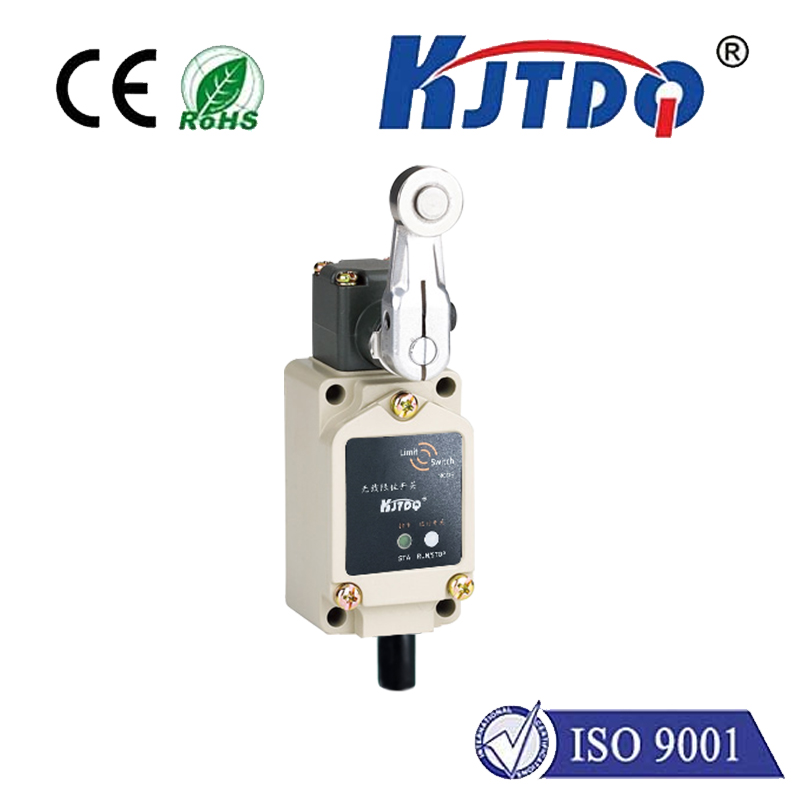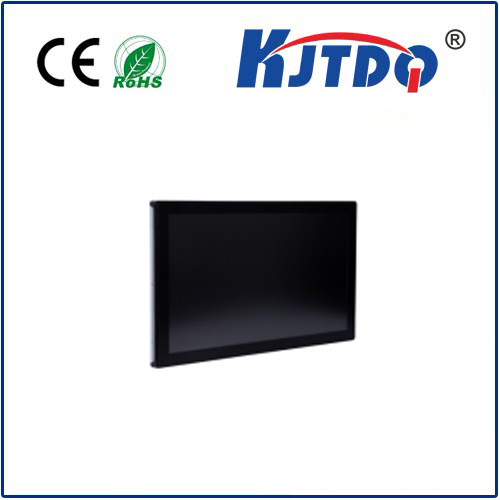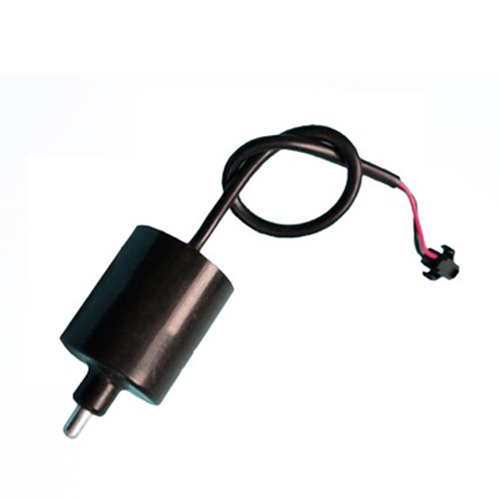BES03PY proximity sensor
- time:2025-10-14 05:12:14
- Click:0
Unlock Reliable Detection: Your In-Depth Guide to the BES03PY Proximity Sensor
The BES03PY Proximity Sensor: Precision and Durability for Demanding Automation
In the intricate dance of modern automation, where machines perform with seemingly effortless grace, countless unseen heroes ensure every movement is precise and every action is confirmed. Among these silent sentinels, the inductive proximity sensor stands as a cornerstone of reliable object detection. And within this category, the BES03PY proximity sensor has earned its stripes as a dependable workhorse, trusted in diverse industrial settings. If you’re engineering a system that demands accurate, non-contact sensing in challenging environments, understanding the capabilities of the BES03PY is crucial. This guide delves deep into its operation, strengths, and where it excels.
Why Proximity Sensors Matter: The Foundation of Non-Contact Detection
Before zeroing in on the BES03PY, let’s appreciate the role of inductive proximity sensors. Unlike mechanical switches that require physical contact, these electronic marvels detect the presence or absence of metallic objects (typically ferrous metals like steel or iron) without touching them. This non-contact operation is their superpower, translating into several critical benefits:
- Zero Mechanical Wear: No physical contact means no moving parts to wear out, dramatically increasing operational lifespan and reducing maintenance needs.
- High Reliability & Speed: Capable of operating at high switching frequencies, they detect objects rapidly and reliably, even in high-speed processes.
- Robust Performance: Designed to function effectively in harsh industrial environments – resisting dust, dirt, moisture, vibration, and temperature fluctuations.
- Versatility: Widely used for tasks like position verification, part counting, speed monitoring, end-of-travel detection, and safety interlocks.
Introducing the BES03PY: Engineered for Robust Performance
The BES03PY is a specific model within a family of inductive proximity sensors, typically characterized by its cylindrical M8 threaded barrel housing. This compact form factor makes it ideal for installations where space is limited. But its true value lies beneath the surface:
Fundamental Principle: Like all inductive sensors, the BES03PY generates an oscillating electromagnetic field from its sensing face. When a conductive metal target enters this field, eddy currents are induced within the target. This disturbs the sensor’s oscillation, triggering an internal electronic switch (usually solid-state). The result? A clear signal indicating the target’s presence.

Key Distinguishing Features (BES03PY Specifics):
M8 Housing: The BES03PY designation commonly refers to the sensor’s physical size – an 8mm diameter cylindrical barrel.
Connection: Often features a fixed cable or a connector (like M8 or M12 connectors) for easy integration.
Sensing Distance (Nominal): A critical specification! For the BES03PY, the standard nominal sensing range (Sn) is typically 2mm for mild steel targets. Always consult the specific datasheet for exact values, as variations exist. This range is optimized for close-proximity detection tasks.
Output Configuration: Commonly available in NPN Normally Open (NO) or PNP Normally Open (NO) transistor outputs, making it compatible with a vast array of PLCs (Programmable Logic Controllers) and control systems globally. Selecting the correct type (NPN vs. PNP) is essential for compatibility with your control voltage (Vdc, e.g., 10-30V DC).
Environmental Resilience: Built tough. Expect features like a high IP67 rating (providing excellent protection against dust ingress and temporary water immersion) and robust construction capable of withstanding typical factory vibrations and shocks.
Technical Strengths: What the BES03PY Brings to the Table
The BES03PY proximity sensor shines due to its blend of essential characteristics:
- Compact Size, Mighty Performance: The M8 form factor is incredibly space-efficient, allowing installation in cramped locations where larger sensors simply wouldn’t fit.
- Exceptional Reliability: Solid-state switching and non-contact detection ensure millions of reliable operations with minimal maintenance.
- High-Speed Operation: With fast switching frequencies, the BES03PY easily keeps pace with rapid production lines and high-speed machinery, accurately detecting targets moving past it.
- Robust Build Quality: Designed for the factory floor. Its IP67 protection safeguards against common industrial contaminants like coolants, oils, dust, and washdowns. This durability translates directly into reduced downtime.
- Simplified Installation: The threaded barrel (typically M8x1) allows for quick and easy mounting directly into standard holes or via mounting brackets, simplifying integration into machinery and equipment.
- Cost-Effectiveness: Offering a reliable core sensing function in a compact, durable package, the BES03PY represents excellent value for a wide range of standard detection tasks.
Where Does the BES03PY Excel? Key Applications
The combination of compact size, reliability, and targeted sensing range makes the BES03PY proximity sensor incredibly versatile. You’ll find it performing critical detection roles in numerous sectors:
- Factory Automation: Detecting parts on conveyors, verifying cylinder positions, counting products, monitoring spindle rotation, confirming end effector positions on robots.
- Packaging Machinery: Ensuring cartons are present for labeling, verifying cap placement on bottles, detecting finished packages exiting a system, monitoring filler levels (metal components).
- Material Handling: Verifying pallet presence, detecting objects on sorting lines, ensuring proper positioning in automated storage and retrieval systems (AS/RS).
- Machine Tools (CNC): Monitoring tool changer positions, verifying chuck open/close status, detecting workpiece clamping, confirming slide or turret positions.
- Automotive Manufacturing: Counting components on assembly lines, verifying part insertion, detecting piston positions, monitoring robotic welder movements.
- Food & Beverage: Detecting metal containers or lids (e.g., cans, tins), verifying valve positions, ensuring proper filling station alignment (where non-metallic components might be sensed via metallic triggers).
Selecting and Implementing Your BES03PY: Key Considerations
To ensure optimal performance:
- Target Material: Inductive sensors are most sensitive to ferrous metals (iron, steel). Sensing range is significantly reduced for non-ferrous metals (aluminum, brass, copper). Ensure your target material is suitable.
- Sensing Distance: Remember the nominal Sn = 2mm for mild steel. Always maintain a practical installation distance less than Sn to account for manufacturing tolerances and environmental factors (typically 0.8 x Sn). Factor in any target size limitations specified in the datasheet.
- Output Type (NPN vs. PNP): This must match the input requirements of your control system (PLC, counter, etc.). NPN (sinking) and PNP (sourcing) are not directly interchangeable. Using the wrong type will prevent the sensor from signaling correctly.
- Voltage Rating: Ensure the sensor’s operating voltage range (e.g., 10-30V DC) matches your power supply.
- Environmental Factors: While robust with IP67 protection, consider extreme temperatures, chemical exposure, or strong electromagnetic fields outside the sensor’s specified ratings. Protective mounting or specialized variants might be needed.
- Mounting: Ensure secure mounting. Avoid placing multiple sensors too close together (potential mutual interference). Utilize flush-mount capability where possible for protection against physical damage.
The BES03PY: A Trusted Component in the Automation Arsenal
The BES03PY proximity sensor exemplifies the power of reliable, straightforward technology. It doesn’t promise flashy features, but it delivers consistent,






